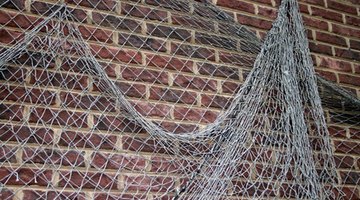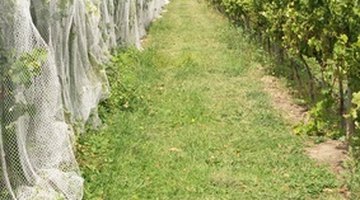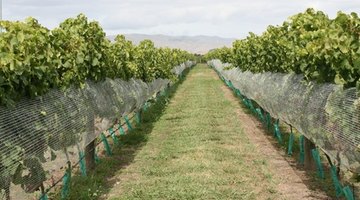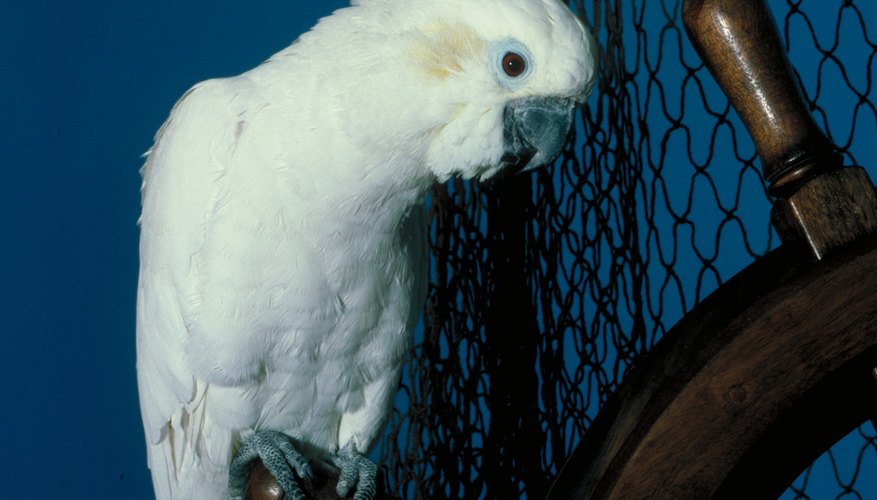Bird netting is a common way to prevent infestation and capture birds. Mesh nets can be worn, torn or gnawed by bats or predators. Bird netting comes in a variety of sizes, styles and composition. Collectors will want to be able to repair your own nets to save money and time. The time and patience involved in mending nets often provides a relaxing activity for bird watchers and collectors. Bird netting prevents birds from roosting and nesting on building and entering gardens and orchards. The netting is almost invisible against most backgrounds and provides a safe and humane way of keeping unwanted birds away from buildings and crops. There are several types of netting used according to their intended purpose. Thin metal fibre netting keeps birds encaged and prevents them from roosting and nesting. Large display enclosures constructed of polyurethane mesh netting. Threaded cotton netting also known as mist netting is for the capturing smaller bird breeds.
- Bird netting is a common way to prevent infestation and capture birds.
- Thin metal fibre netting keeps birds encaged and prevents them from roosting and nesting.

Lay the damaged section of netting on a large bath towel or mat so you can easily keep track of the area while you are working on the repairs.

Trim the damaged area so that individual threads or wires extend into the opening to a distance of at least three-quarters of the desired square opening. Replacement netting needs matching extensions that will overlap and connect to the damaged netting.
- Lay the damaged section of netting on a large bath towel or mat so you can easily keep track of the area while you are working on the repairs.
- Trim the damaged area so that individual threads or wires extend into the opening to a distance of at least three-quarters of the desired square opening.

Cut square sections of replacement netting with extensions equal to three-quarters of the desired net square opening. Align the patch to the damaged section of netting. Overlap the strains from the replacement material with those of the damaged net.

Connect wire strains with tube-shaped connectors. Crimp the connector in at least three locations over the matching wires to hold the wires firmly in place.

Inspect the netting carefully and ensure the repairs are strong enough to hold firmly in place. Ensure the netting is fashioned into square mesh sections of the same size as the original netting. Netting made of cotton or polyurethane will have to be sewn together to repair damage. Thread used in polyurethane and cotton netting should be of a thickness and strength equal to or greater than the original net. Sewn repairs to polyurethane and cotton netting should form a T to ensure strength and to maintain the proper shape of the bird net. The opening in the repaired section of netting should be the same size as those of the original netting.
TIP
Bird netting used to capture birds should be checked regularly to prevent birds from being attacked by predators.
WARNING
Netting for large enclosures should be installed by professionals to avoid injury to birds and to ensure proper construction materials are used.
